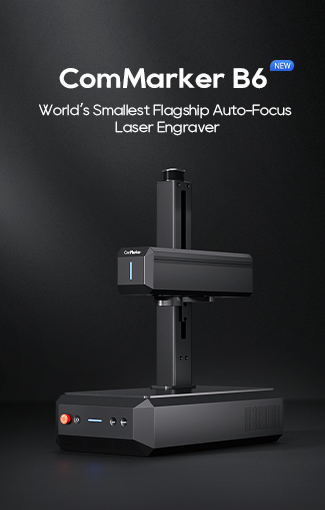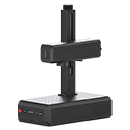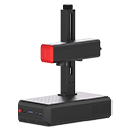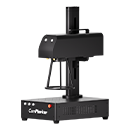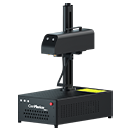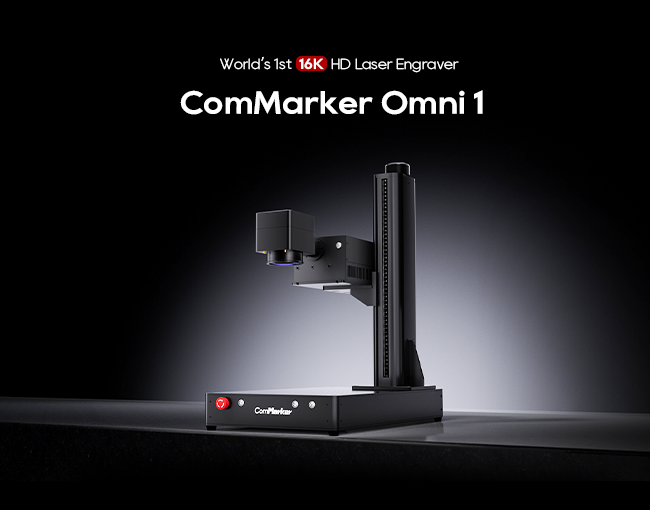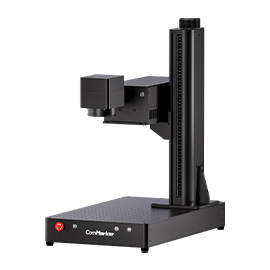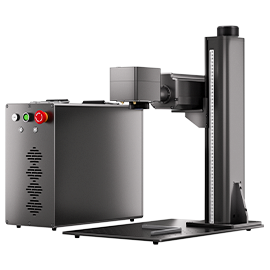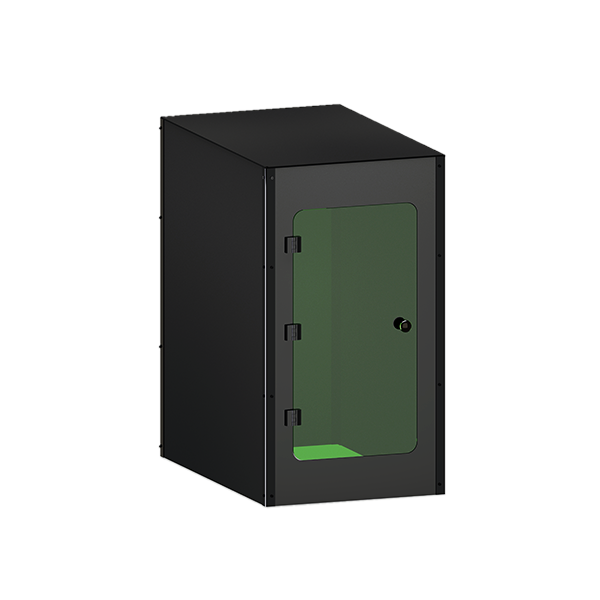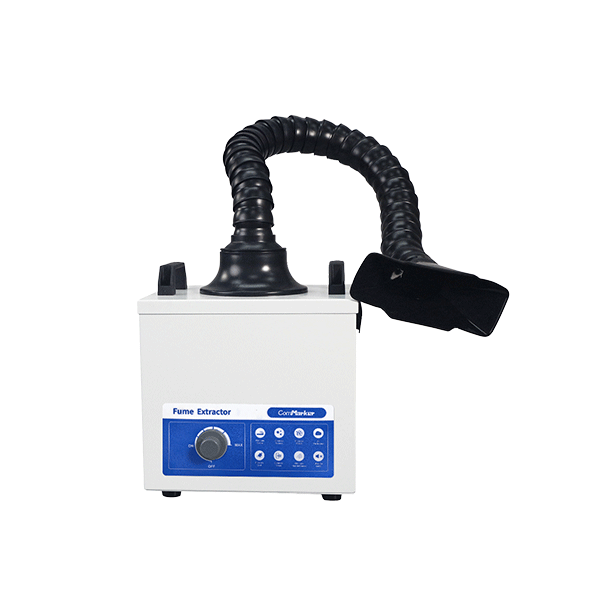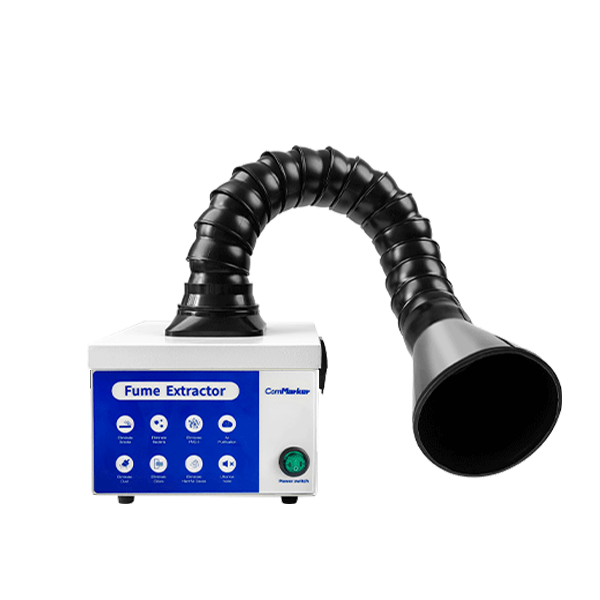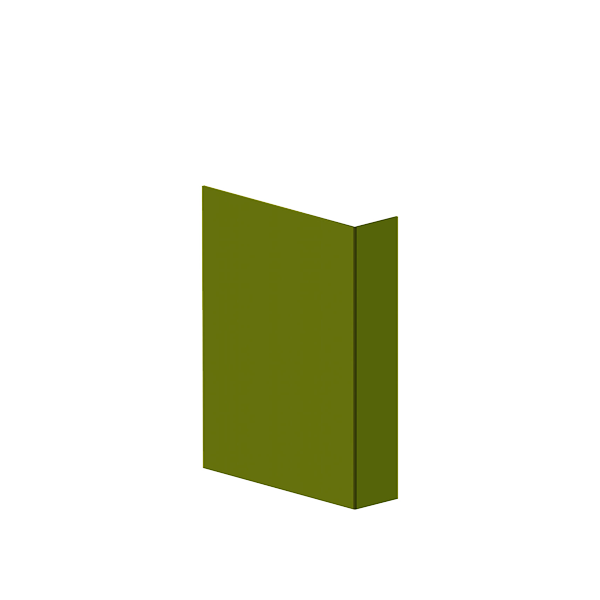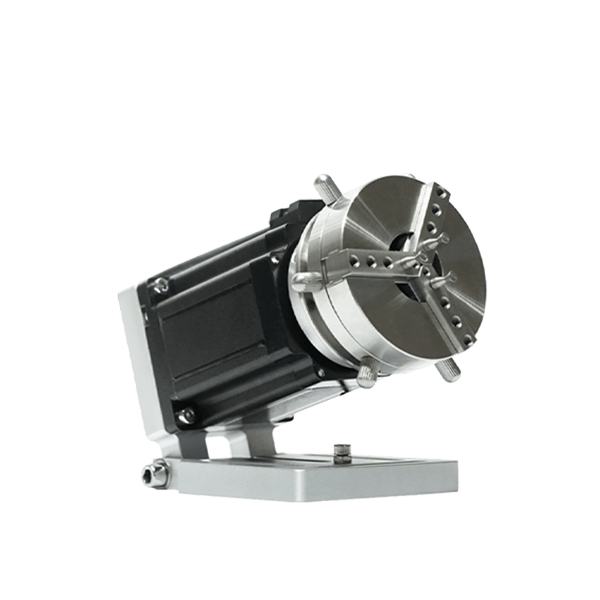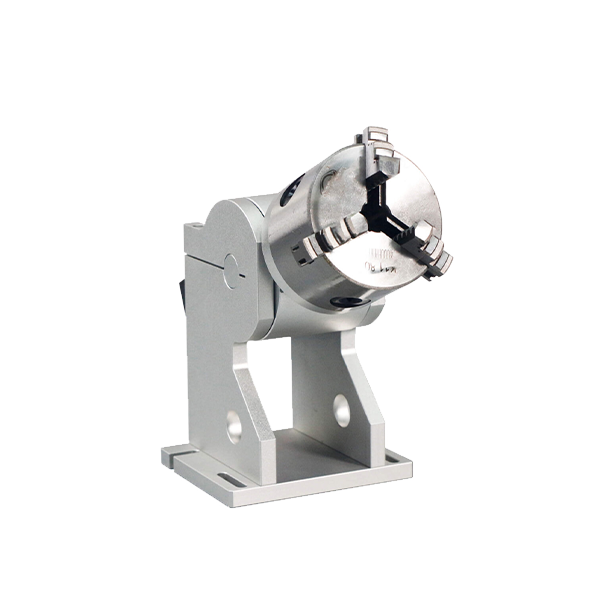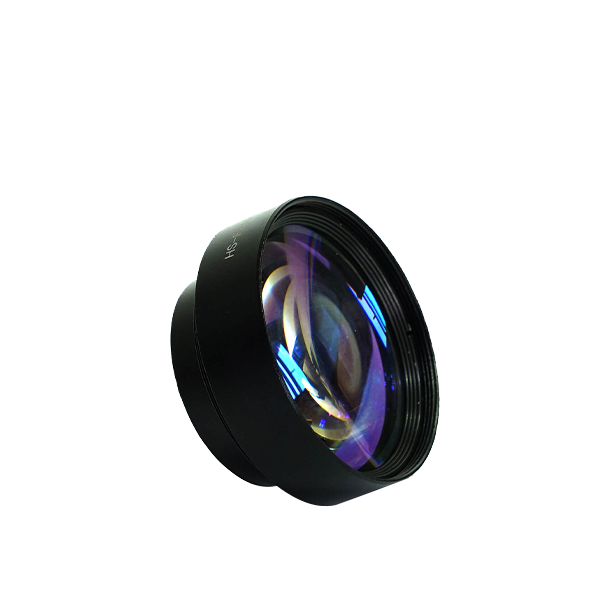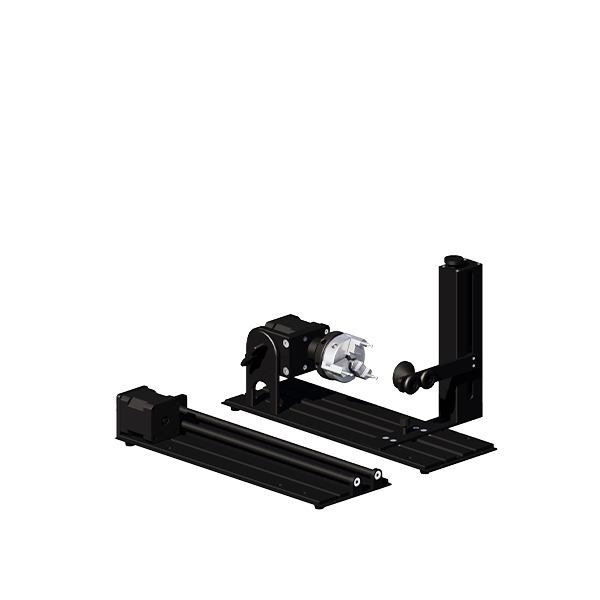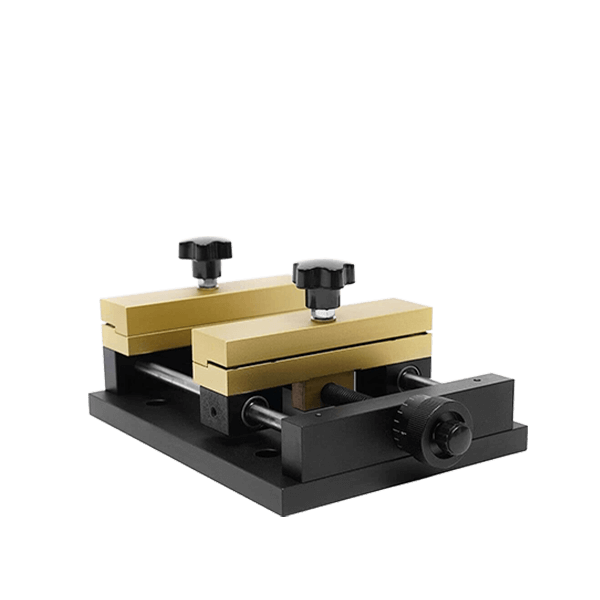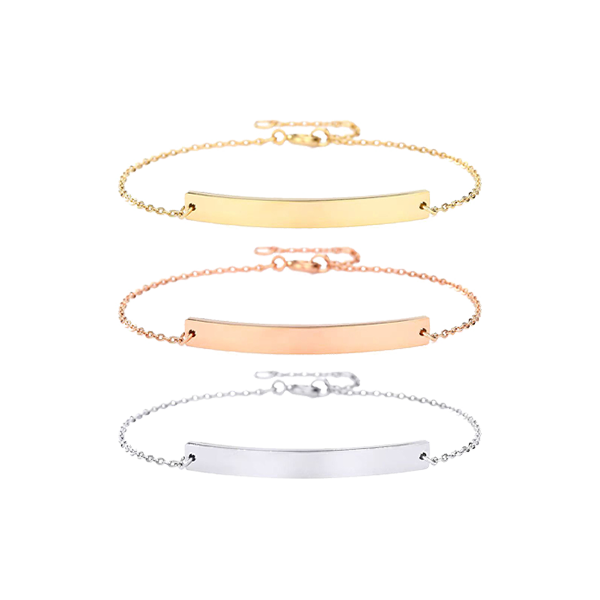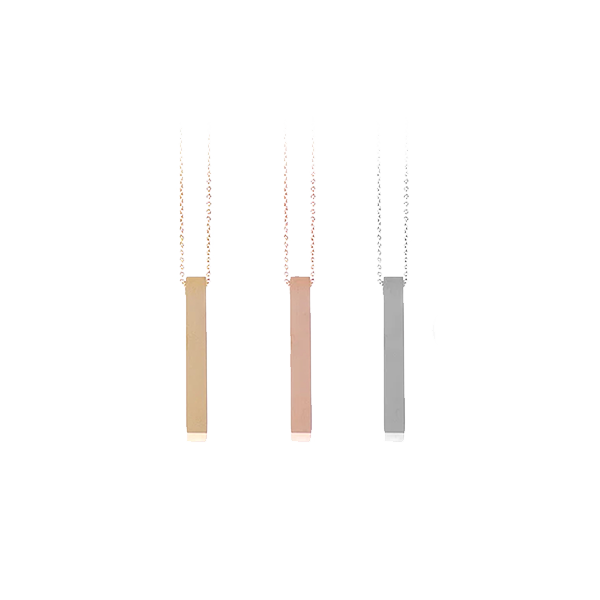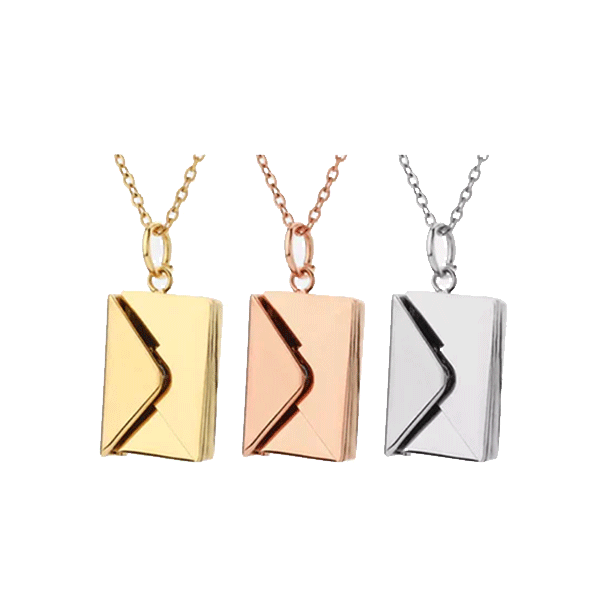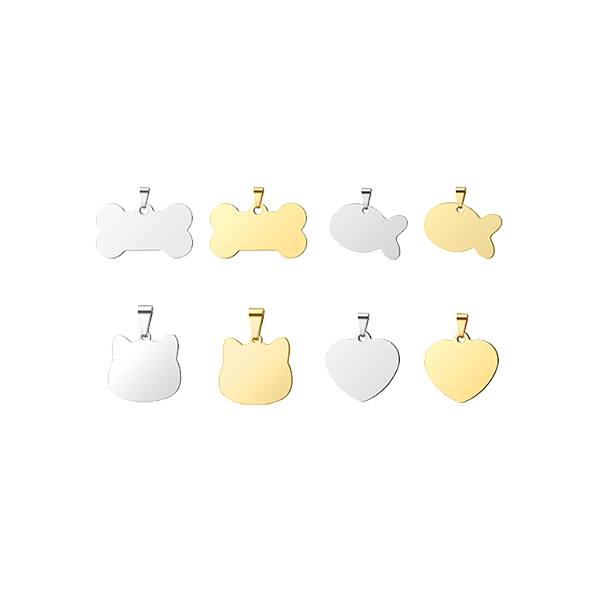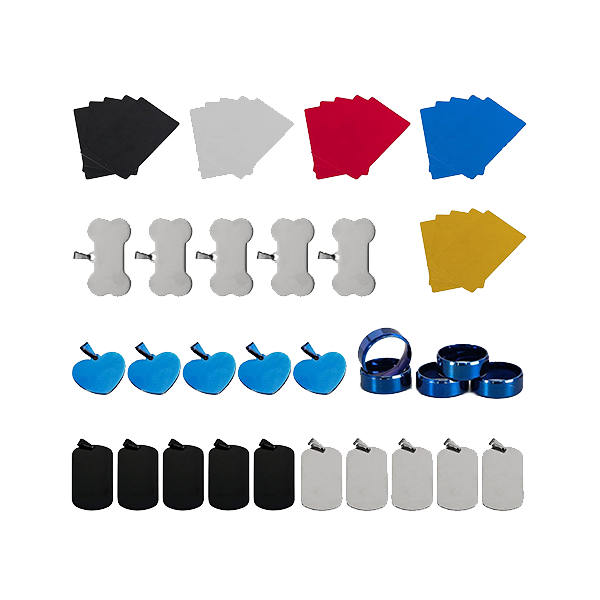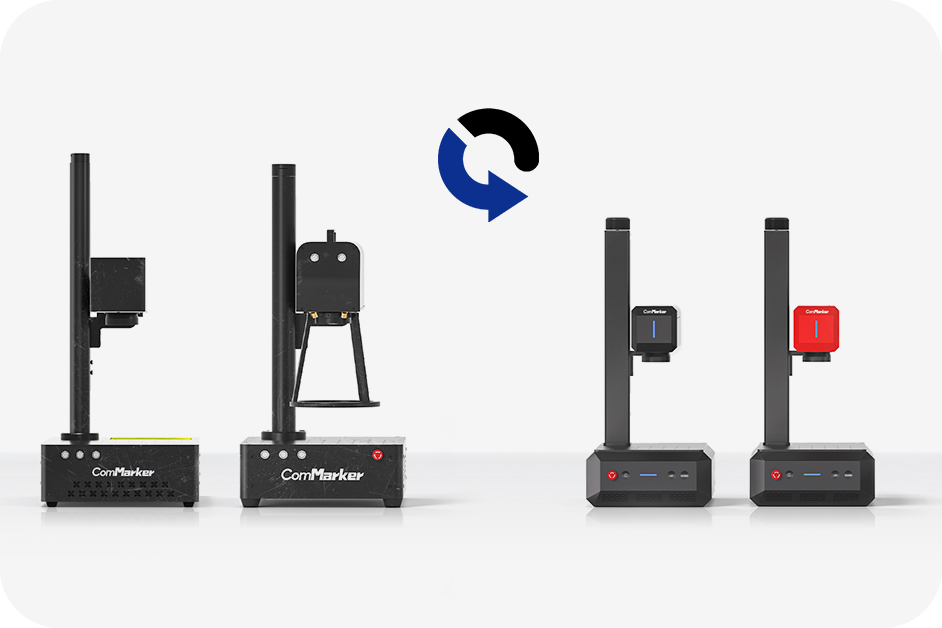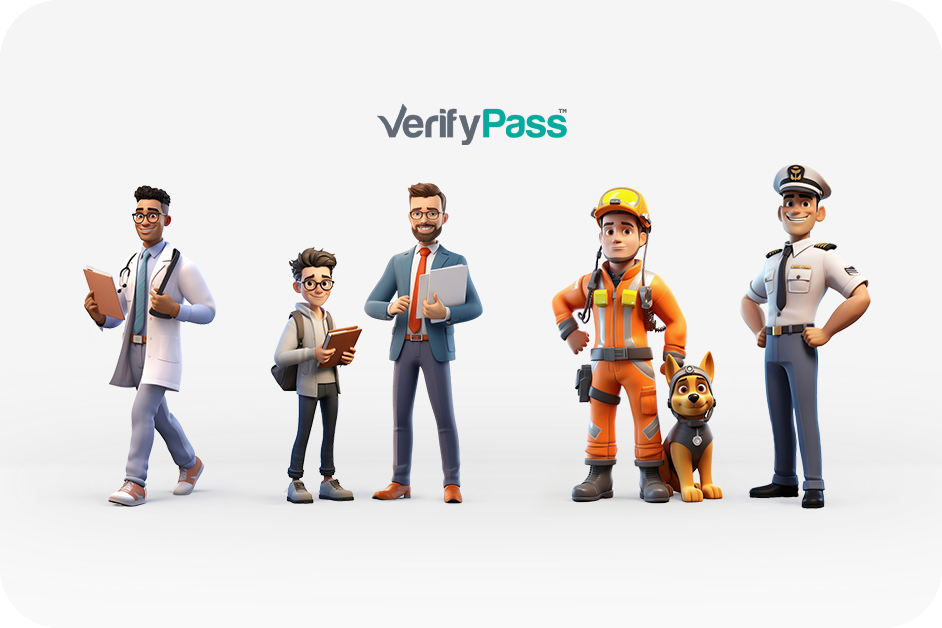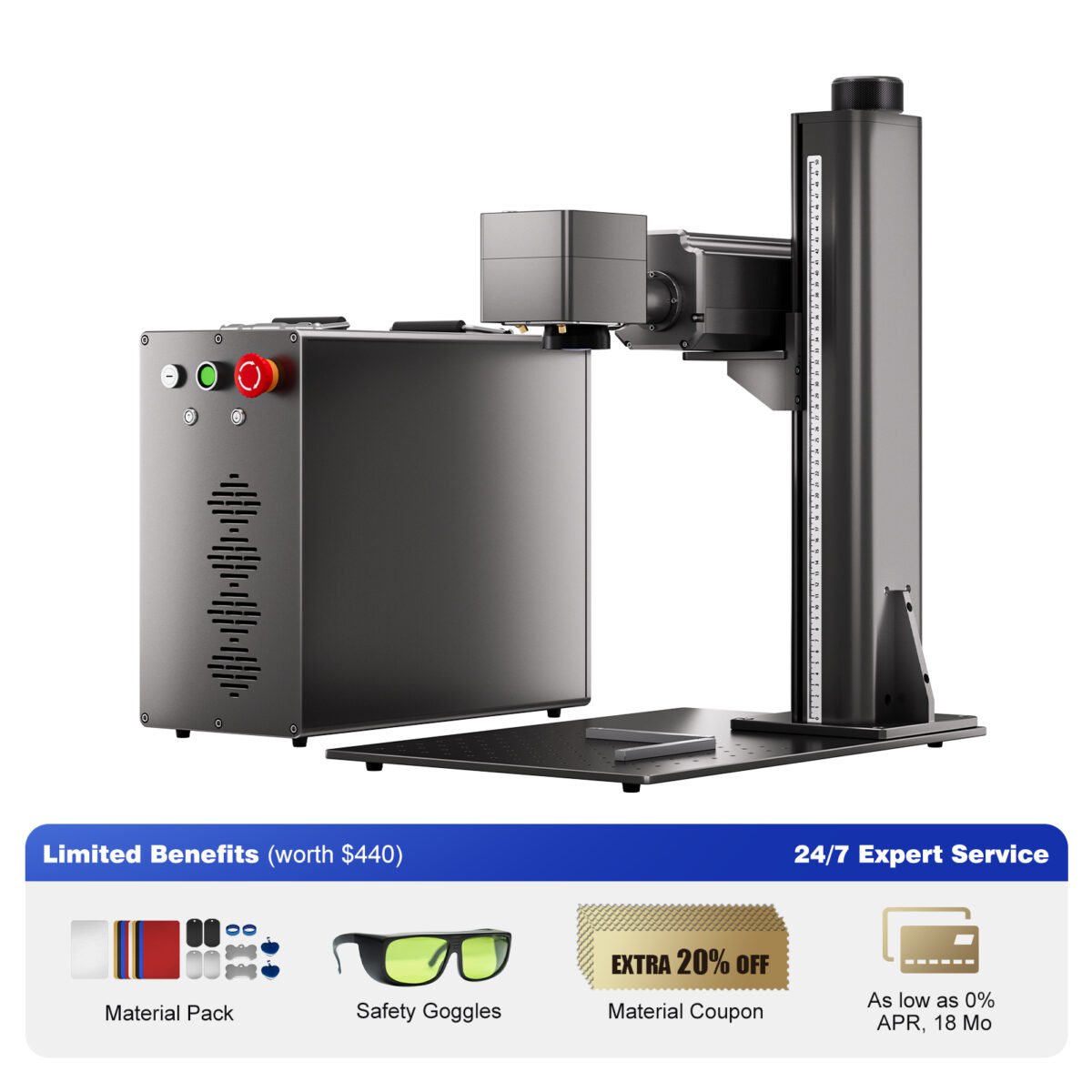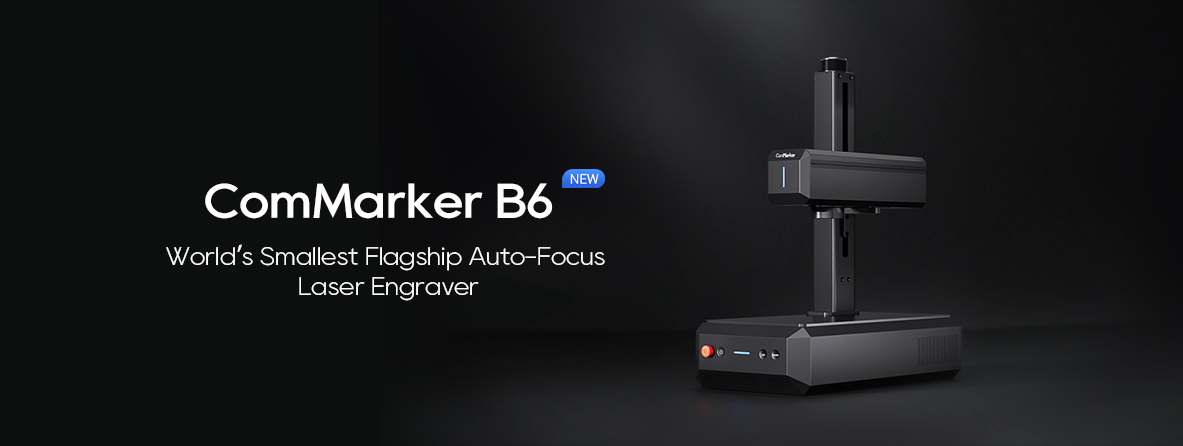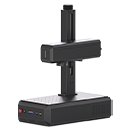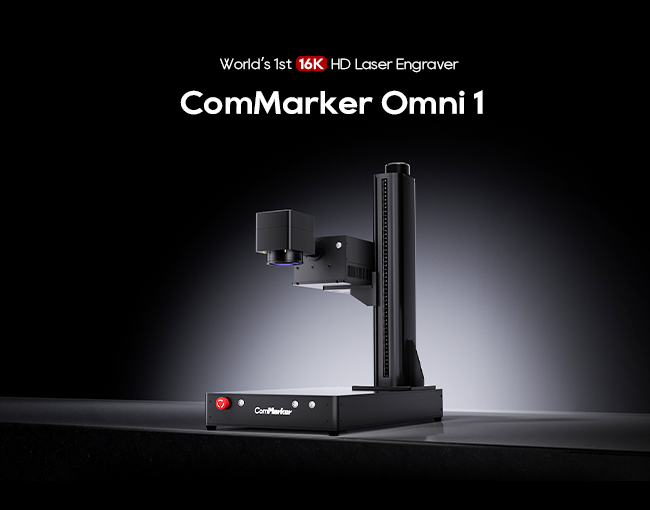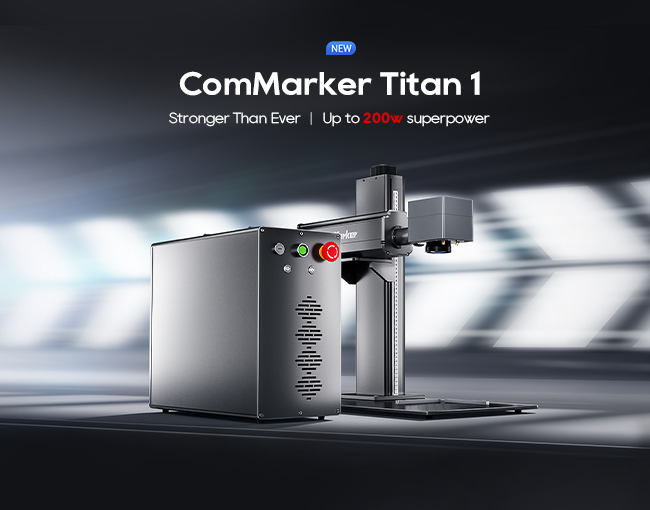If you’ve been curious about 3D laser engraving, you’re not alone. This advanced technique has taken the world of customization and manufacturing by storm—offering unmatched detail, depth, and design freedom on everything from trophies to industrial molds. Whether you’re a DIY enthusiast, small business owner, or workshop pro, understanding how 3D laser engraving works (and how to choose the right machine) can unlock new levels of creativity and profit.
In this guide, we’ll break down how 3D laser engraving differs from traditional engraving, what equipment you need, practical use cases, and why machines like the ComMarker Titan 1 are changing the game.
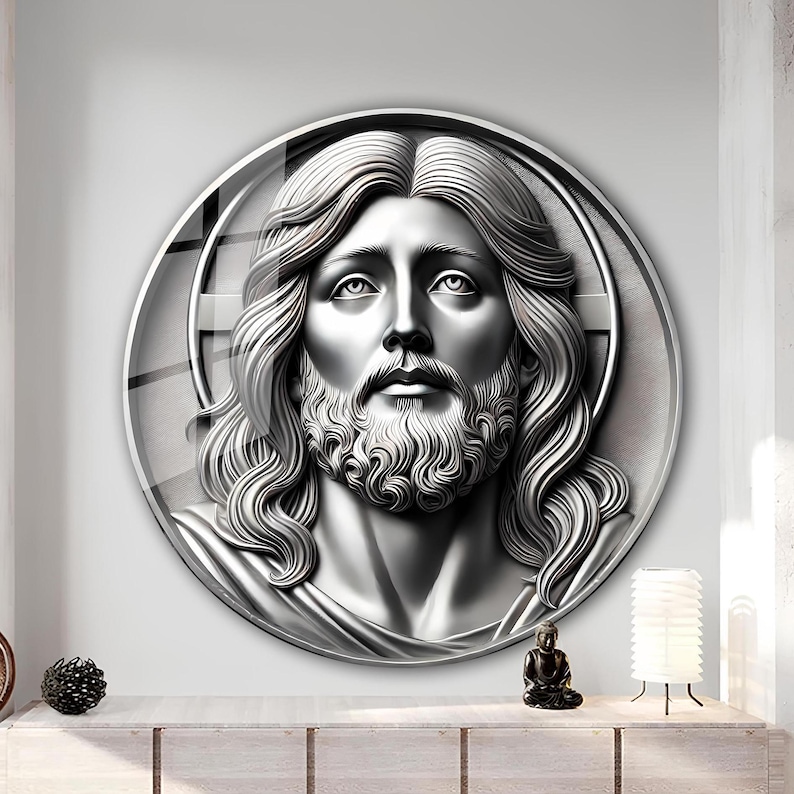
What Is 3D Laser Engraving?
3D laser engraving is a high-precision engraving method that creates raised or recessed surfaces with multiple depths. Unlike traditional 2D laser engraving, which only marks the surface of the material, 3D engraving allows for full-depth sculpting—perfect for logos, textured patterns, or photorealistic reliefs.
Using specialized software and a high-powered laser, the machine adjusts the beam’s intensity and focal length dynamically to carve complex, layered shapes into wood, metal, plastic, or even stone.

How 3D Laser Engraving Works
The process involves several key components:
- 3D File Preparation: Designs are created or imported into a compatible software (e.g., LightBurn, EZCAD3, or 3D CAD tools) and converted into grayscale depth maps or 3D slice files.
- Layered Laser Engraving: The laser engraver interprets the gray levels as Z-depth, firing at different intensities and patterns to achieve depth gradients.
- Multi-Pass Processing: 3D engraving requires multiple passes—sometimes hundreds—to gradually carve deeper areas while preserving fine detail.
Ideal materials include:
- Brass, aluminum, and other soft metals
- Hardwood (maple, walnut, cherry)
- Acrylic and cast resin
- Marble and slate

Why Use 3D Laser Engraving?
Whether you’re building high-end awards or industrial tooling, 3D laser engraving delivers:
✅ Stunning visual depth
✅ Tactile textures
✅ Ultra-precise branding
✅ Durability for heavy-use applications
3D laser engraving is also ideal for customers who want luxury finishes, such as:
- Raised logos on metal business cards
- Deep-etched nameplates or signage
- Textured grips or sculpted designs on tools
- Personalized military challenge coins
ComMarker Titan 1 JPT Mopa Fiber Laser Engraver
Stronger than ever. Designed for Heavy Duty Up to 200W Superpower Electric Lifting with 2 Optional Lenses Color Marking Ability Super 3D Engraving & Cutting Ability 15,000mm/s SpeedMax™ Engraving 8K HD Accuracy Compatible with EZCAD and LightBurn
What You Need: Choosing the Right Machine
If you’re serious about 3D laser engraving, not just any laser will do. You need a fiber laser engraver with MOPA technology, high wattage, and support for 3D slicing or grayscale depth maps.
🔵 ComMarker Titan 1 JPT MOPA Fiber Laser Engraver
- Laser Power: Up to 200W
- Engraving Speed: 15,000 mm/s
- 3D Capability: Full grayscale & sliced depth support
- Software: EZCAD2 & LightBurn compatible
- Extras: Electric lift, dual lenses, 360° rotary support
💡 Why It’s Ideal: Titan 1 combines raw power and precision. With up to 200W, it can engrave deep into metals like brass and stainless steel, and the MOPA module allows for fine-tuning of pulse width—critical for controlling engraving depth and finish.
👉 Shop the ComMarker Titan 1 Now
Real-World Applications of 3D Laser Engraving
| Industry | Use Case |
|---|---|
| Jewelry & Crafts | 3D logos, family crests, antique-style engraving |
| Automotive | Textured trim, serial numbers on molded parts |
| Military & Awards | Challenge coins, engraved emblems |
| Interior Design | Textured tiles, wall art in wood or acrylic |
| Industrial Prototyping | Functional 3D molds or tools |
Sample Laser Settings for 3D Engraving
| Material | Speed | Power | Frequency | Passes | Notes |
|---|---|---|---|---|---|
| Brass | 300 mm/s | 90–100% | 30–50 kHz | 200+ | Clean with ultrasonic bath after |
| Walnut Wood | 500 mm/s | 60% | 25 kHz | 100 | Use ventilation; test in layers |
| Acrylic | 400 mm/s | 80% | 20 kHz | 50–80 | Cool after every 10 passes |
Always run a test pass before committing to the full project.
Common Challenges (And How to Solve Them)
❌ Overheating: Let your machine rest between deep passes, especially on acrylic or resin.
❌ Inconsistent Depth: Calibrate your Z-axis and clean your lens regularly.
❌ Blurry Detail: Use grayscale maps or 3D relief files instead of flat vectors.
💡 Pro Tip: In LightBurn, enable grayscale mode and adjust your DPI to 500+ for smooth gradients.
Is 3D Laser Engraving Right for You?
If you’re already in the laser business and want to level up your offerings, 3D laser engraving is the logical next step. It’s a skill that commands higher prices, unlocks premium markets, and gives your brand an edge.
Whether you’re engraving awards, making art, or building industrial tools, investing in a 3D-capable machine like the ComMarker Titan 1 sets you up for growth.
🚀 Ready to upgrade your shop?
🟣 Start with a machine built for depth and detail.
👉 Explore the ComMarker Titan 1 Fiber Laser
—
Have questions about 3D laser engraving settings, files, or compatible materials?
Contact the ComMarker support team or join our Facebook community of makers and pros.




